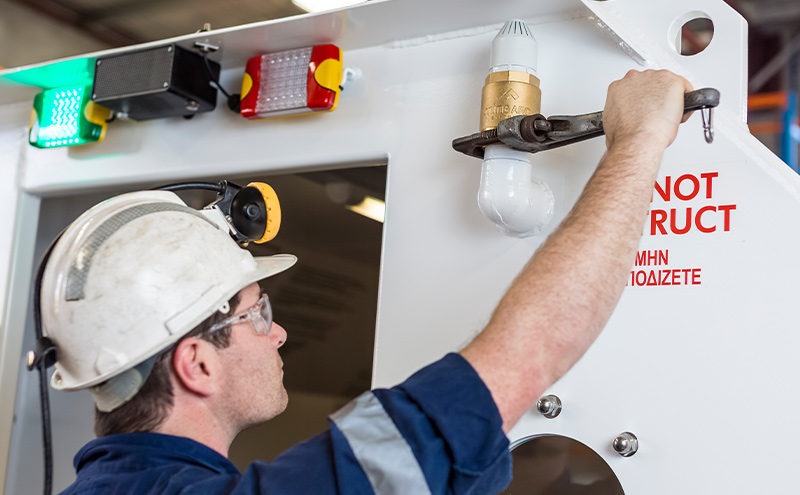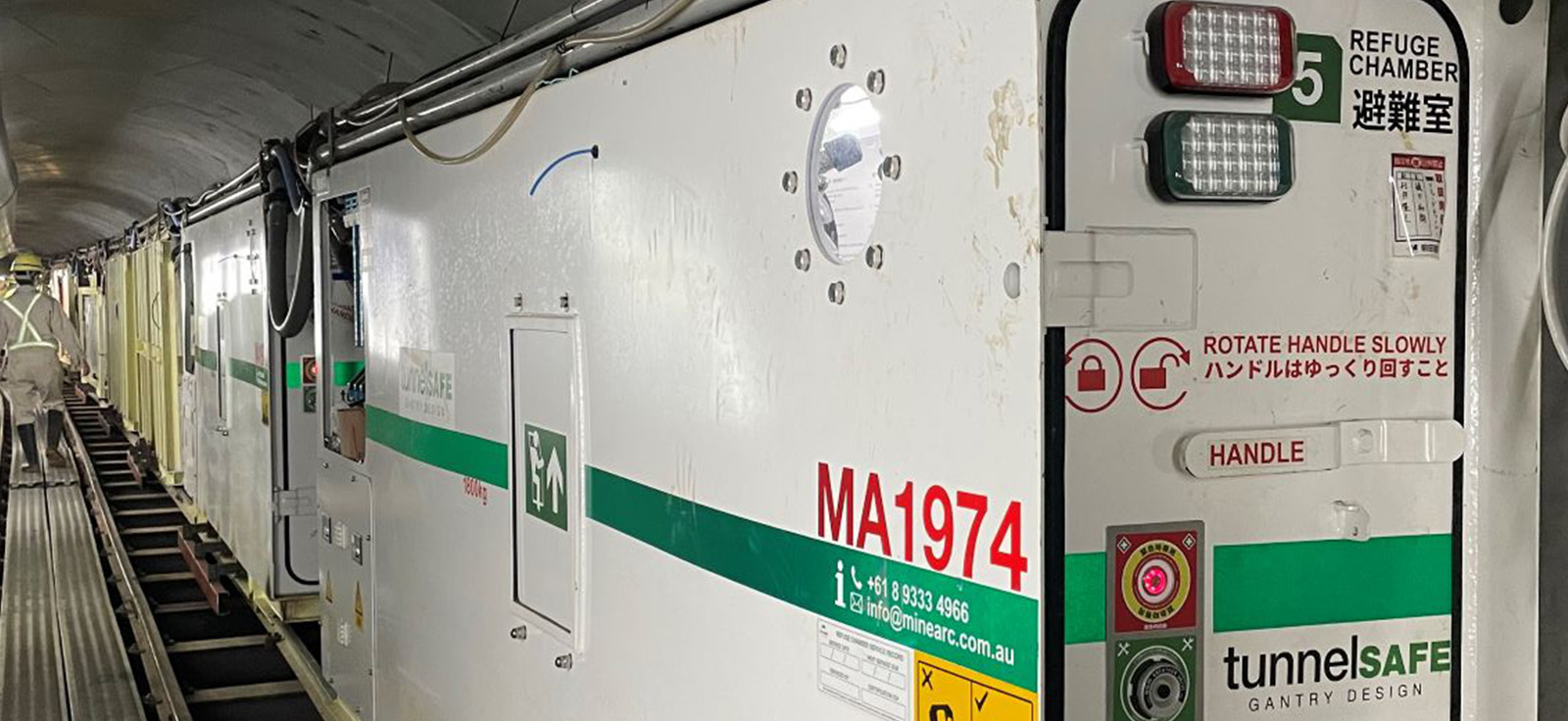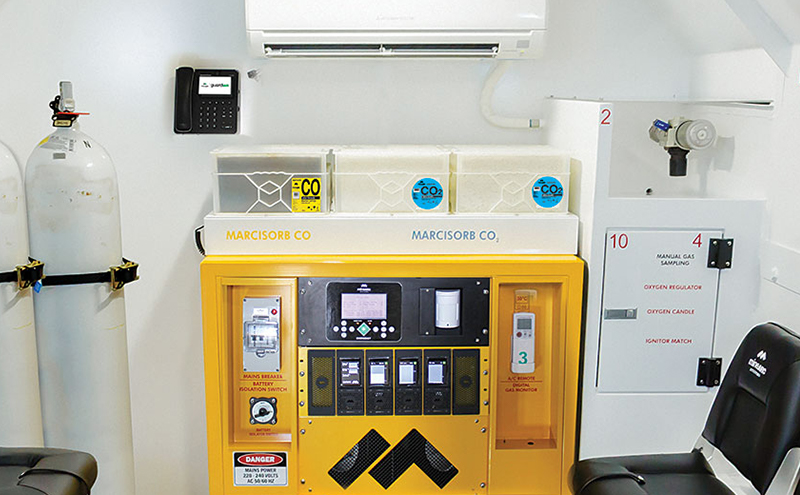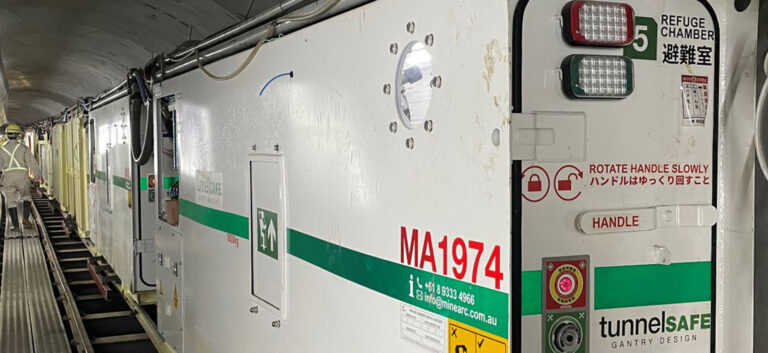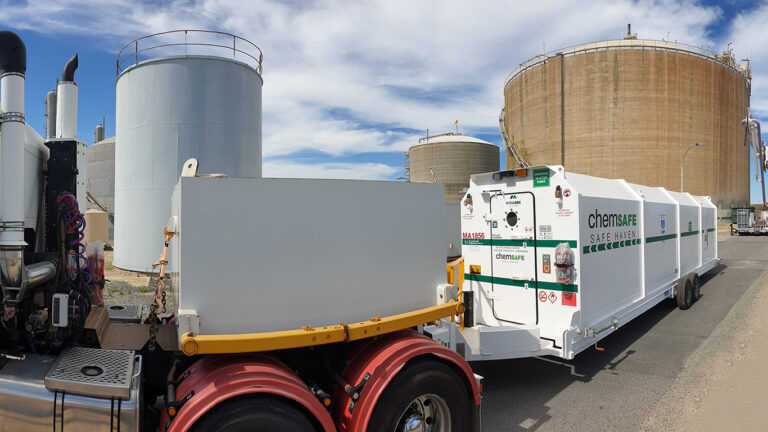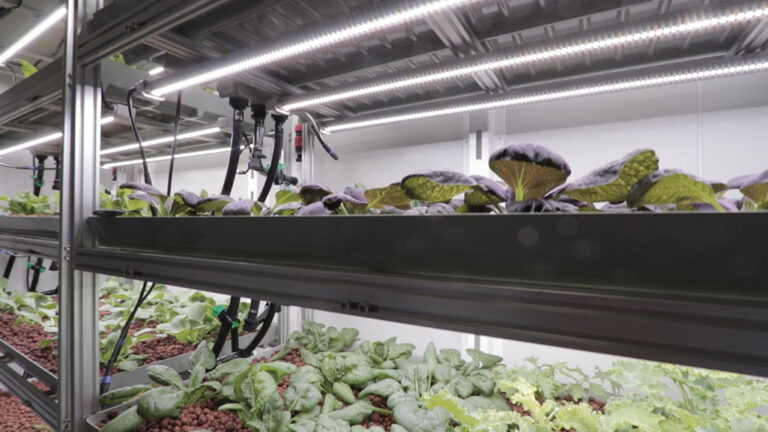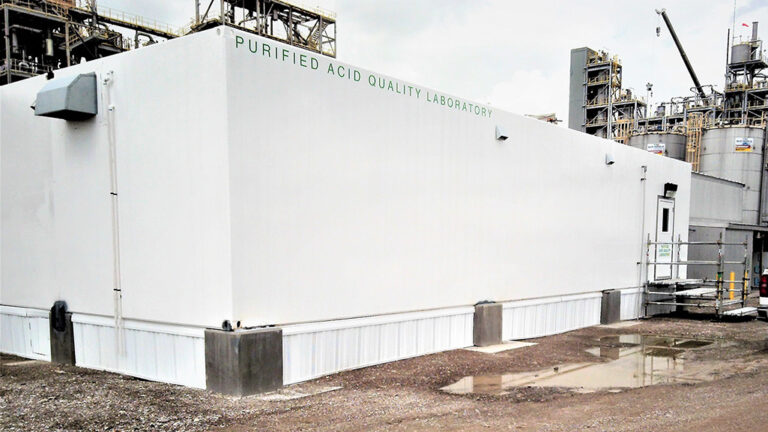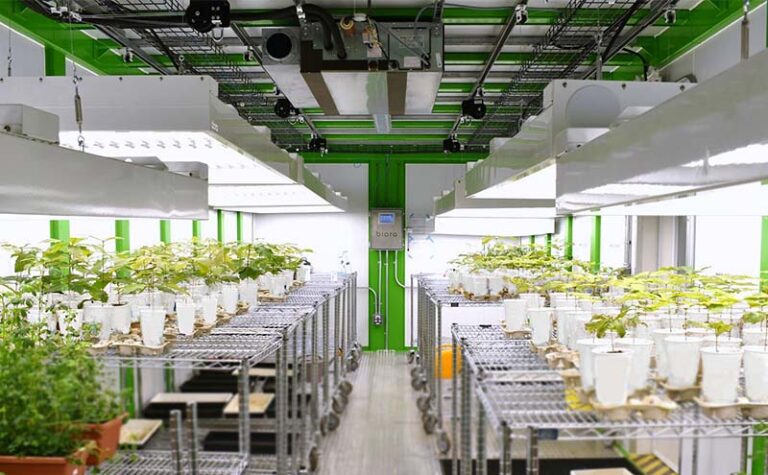Resource Hub
Welcome to MineARC’s Resource Hub.
Here you’ll find a collection of content to provide guidance, offer insights and practical support. Uncover how refuge chambers work, learn about controlled environments for plant growth or understand servicing best practice. Explore ideas and new technologies that are changing the way we live.
Get started by scrolling down or click on the categories below.
CSBP Continues its Ammonia Safety Focus with ChemSAFE
This chemical shelter with fixed wheel and tow kit allowed on site personnel to move the safe haven onto the port during ammonia imports.
Vertical Farming – The Evolution of Food Supply Using Controlled Environments
Vertical farming can provide a solution to increasing food supply by producing fresh fruit and vegetables inside a controlled environment.
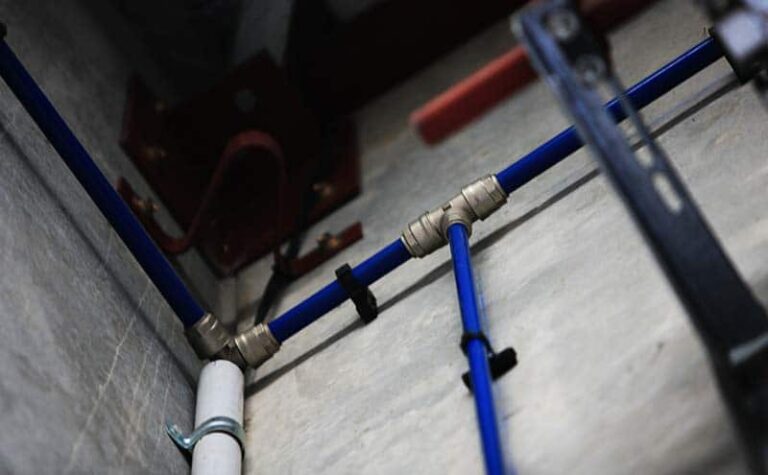
Compressed Air Technology – Why is it Important for Safe Refuge?
Compressed air technology in refuge chambers is important to provide clean breathing air and maintain a positive internal pressure.
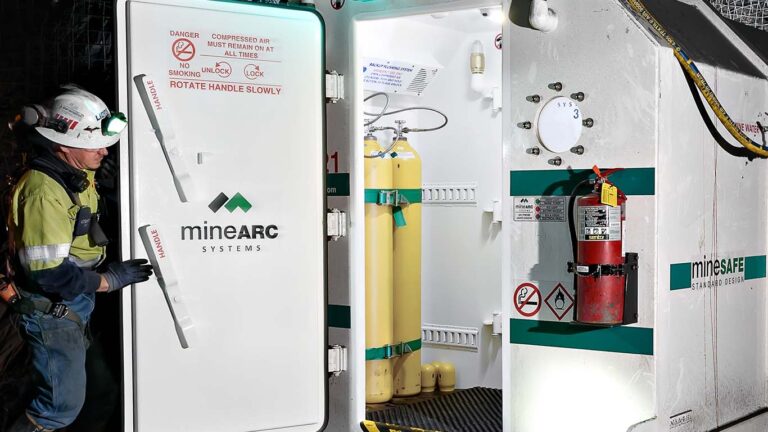
Why Do You Need an Airlock or Vestibule?
Why would you need an airlock or vestibule? This MineARC Tech Topic details various options and explains the value of adding an additional layer of protection to your refuge.

Carbon Monoxide: Health And Safety Hazards Fact Sheet
Carbon monoxide in a sealed structure, such as a refuge chamber or safe haven, can quickly build to toxic levels – learn about the dangers…
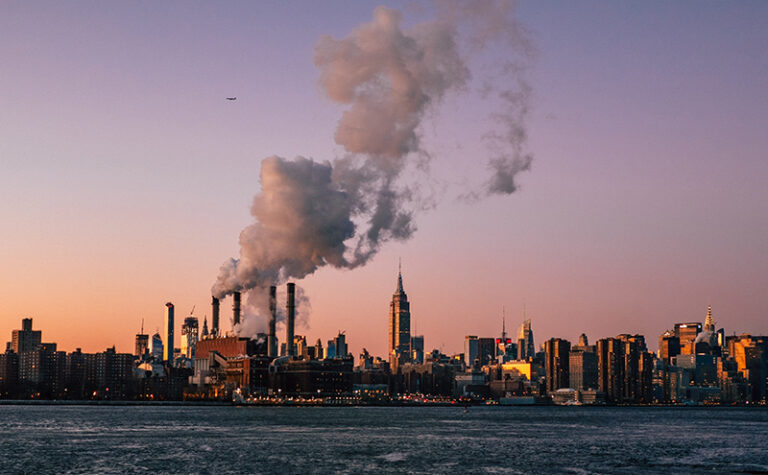
Carbon Dioxide: Health And Safety Hazards Fact Sheet
Carbon dioxide in a sealed structure, such as a refuge station, safe haven or controlled environment, can quickly build up and damage your…
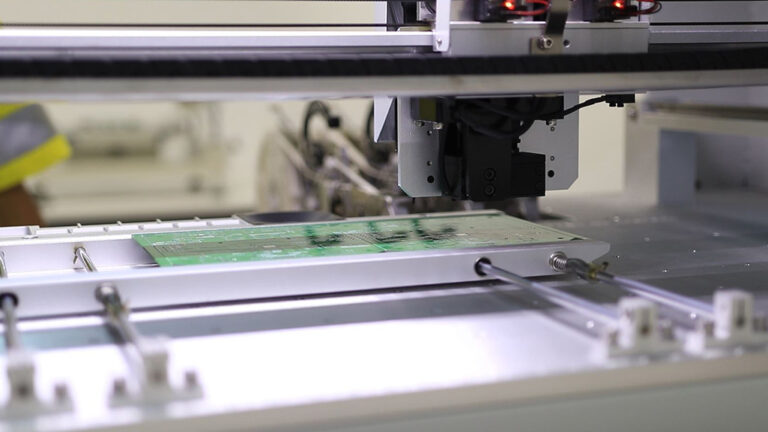
What is an SMT Line?
SMT stands for Surface Mount Technology – the process of mounting electronic components directly onto the surface of a printed circuit board (PCB). Bringing this process in-house gives us full control over the quality, quantity and timeframe of our printed circuit board production; whilst allowing us to expand our R&D capabilities in this area.

Permanent Refuge Shelters vs Fresh Air Bays
There are several differences in fresh air base and permanent shelter designs, impacting their emergency use suitability. Some critical variations include gas monitoring, multiple air supplies, cooling and a sealed environment. These differences have and will impact personnel well-being.
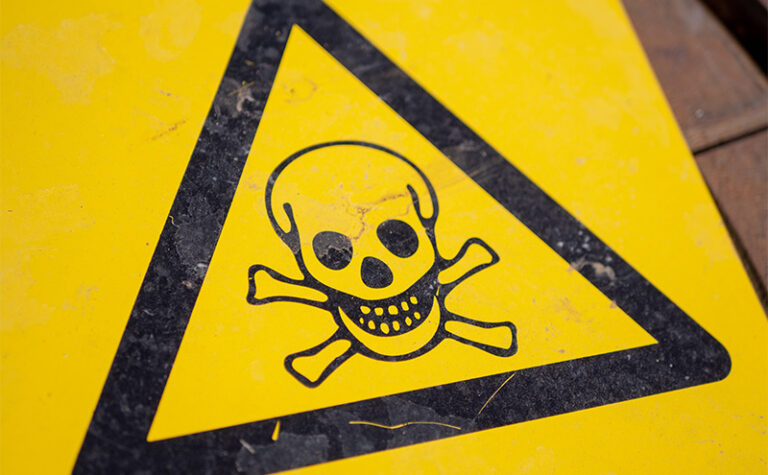
Nitrogen: Hazard in Focus
Nitrogen is an essential element to all forms of life but can also pose a threat. Known as the invisible killer, due to it’s odourless and tasteless nature, nitrogen gas can be lethal if inhaled in high concentrations.

Permanent Refuge Shelters vs Fresh Air Bays
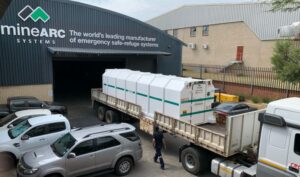
Moving A Refuge Chamber
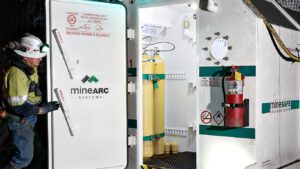
Why Do You Need an Airlock or Vestibule?
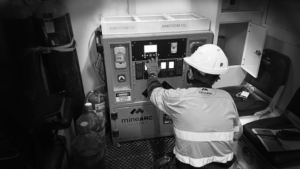
Chamber Commissioning & Everything You Need to Know About It
Stay up to date & subscribe
Sign up for more information about MineARC.
A growing library of how-to tutorials, explainer videos, new products, interviews, and so much more
